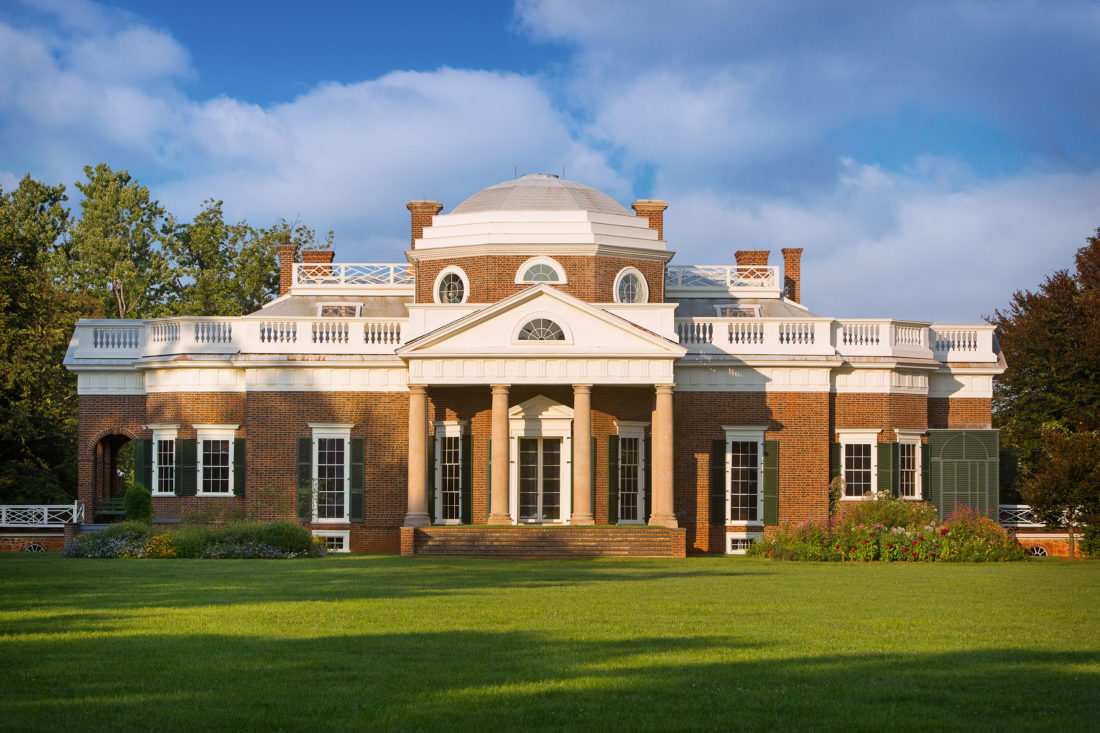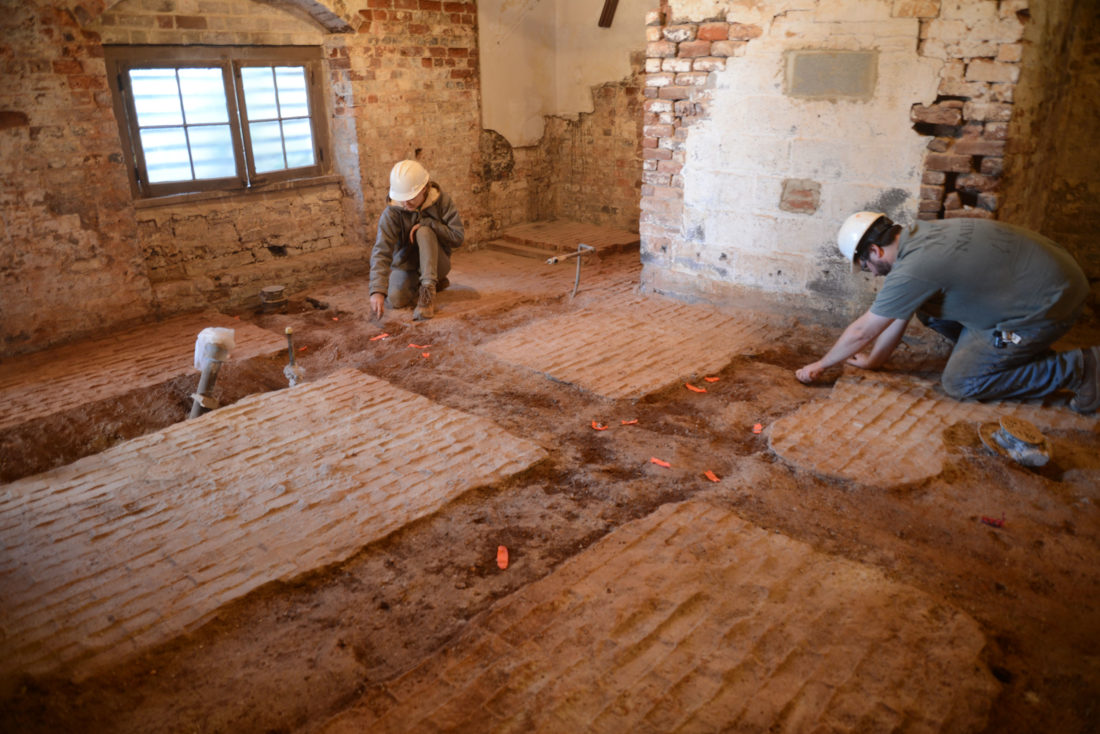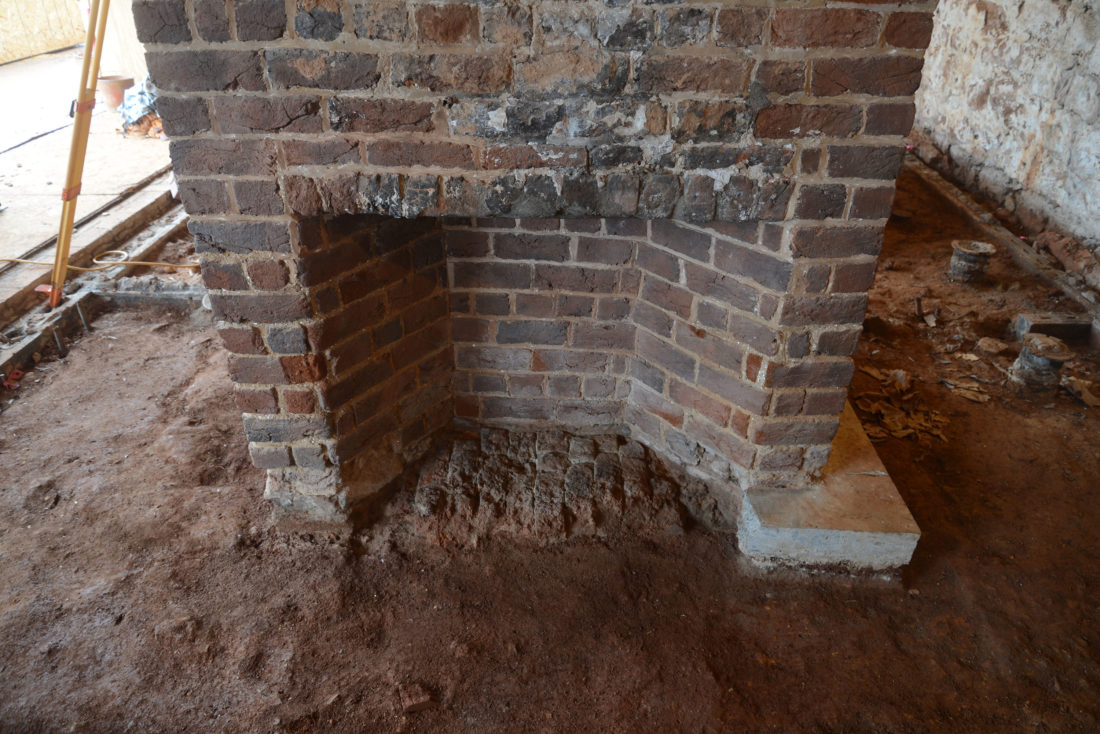There’s no better time to head to Jefferson’s “little mountain” than on a spring tour, which begin April 1—tulips and daffodils brighten the plantation’s ornamental flower beds; spring peas are pushing up in the vegetable plot; and peach and pear trees show off their blossoms in the fruitery. Though Mother Nature’s bounty is excuse enough to visit, this season—thanks to the Mountaintop Project—there’s even more reason to make the climb. The project, which began in 2013, is a sweeping years-long effort to restore the entire estate as Jefferson knew it.
“We like to think of Monticello as an architectural autobiography of the man. That’s why the small details—the ways brick ran, paint colors, et cetera—are really important,” says Gardiner Hallock, Monticello’s director of restoration. “However, it wasn’t just Jefferson up on the mountaintop, but also his family and an entire community of enslaved people. We hope to provide a more complete picture of life here.”
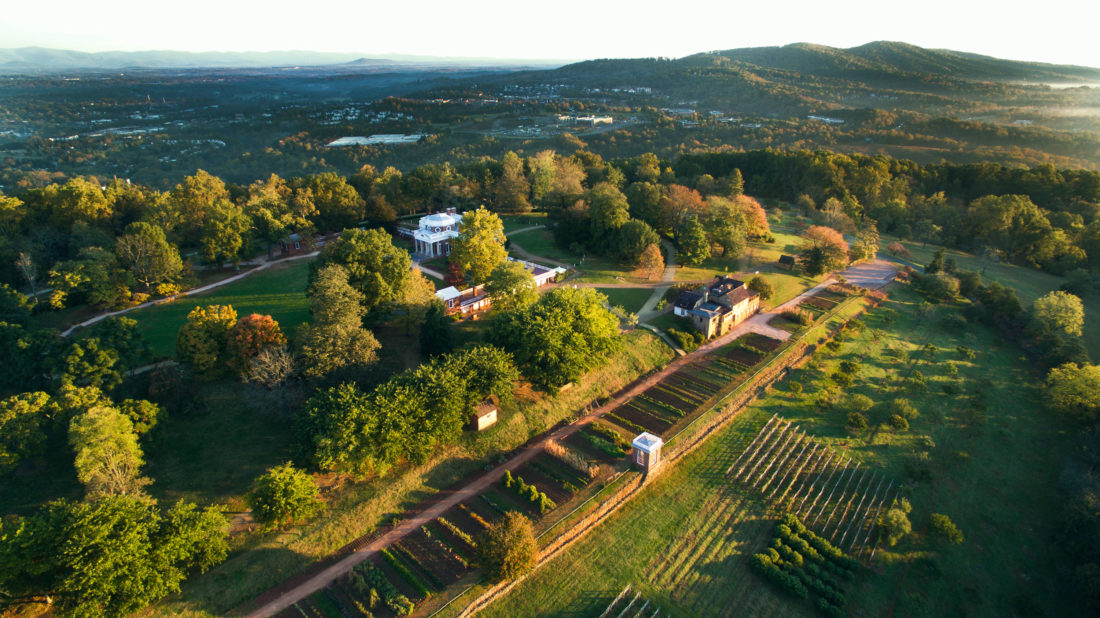
Photo: © Thomas Jefferson Foundation at Monticello
An aerial view of Monticello.
To that end, phase one of the ongoing project began with the restoration of Mulberry Row. The plantation’s center of commerce and industrial life had nearly vanished, but once was home to the blacksmiths, tinsmiths, weavers, carpenters, joiners, brick makers, gardeners, and stable hands who kept the 5,000-acre agricultural enterprise running. Initial restorations, finished in 2015, include a slave cabin and the reintroduction of the Kitchen Road, which based on archeological evidence and Jefferson’s notes once connected Mulberry Row to the main house. The Mountaintop team also launched a free app, Slavery at Monticello: Life and Work at Mulberry Row, which allows visitors to further explore the micro-community and learn about the lives of those who labored here.

Photo: © Thomas Jefferson Foundation at Monticello, photo by Jack Looney
Visitors at Monticello’s Mulberry Row exhibit.
Just last week, the Mountaintop team unveiled its latest projects, including the reclamation and refurbishment of the upper floors of the main house, where Jefferson’s daughter, grandchildren, and widowed sister all had rooms. “His grandson’s room has lots of items visitors can touch and feel,” Hallock says. “We have some eighteenth-century toys as well as antlers and birds’ nests that the gardeners have found on the grounds—items a young boy might have collected.” It’s the first time in nearly a hundred years that the upstairs rooms have been furnished. The North Wing’s coach houses have been brought back to life, too, along with Mulberry Row’s circa-1809 stone stable.
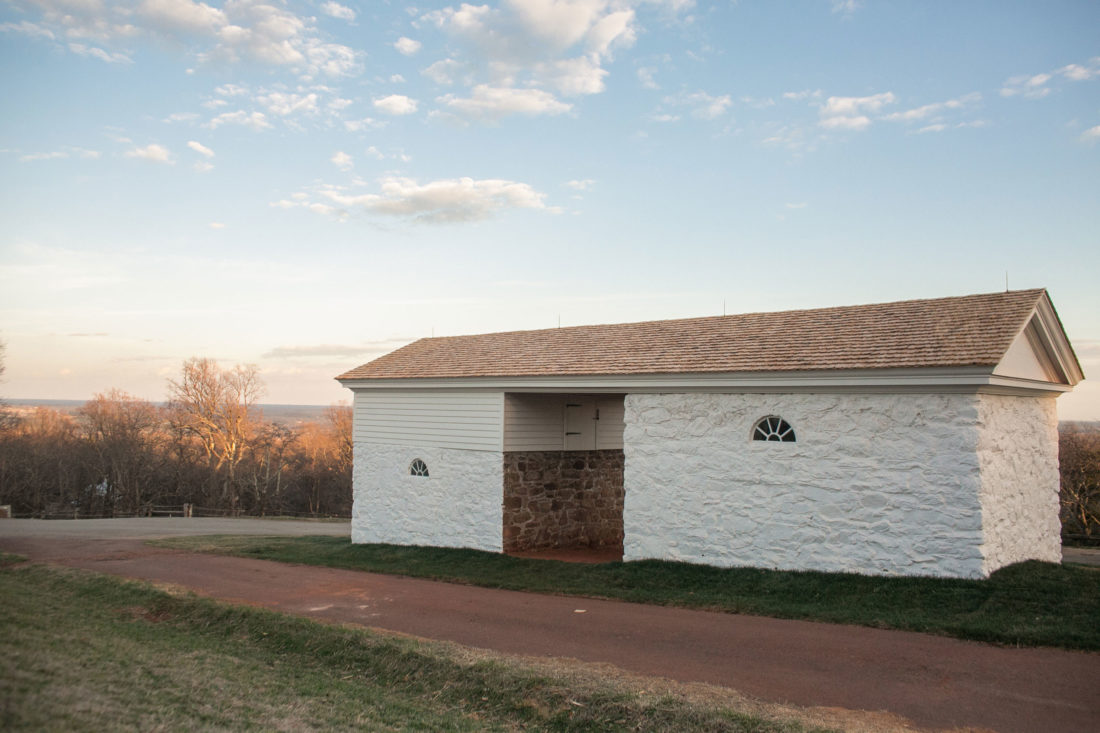
Photo: Courtesy of Monticello
The restored stone stable at Monticello.
And mark your calendars for May 1 when the restoration of Jefferson’s first-floor library, cabinet (or study), and other private chambers will be complete. One of the most exciting additions for the restoration department is the cabinet’s muted green wallpaper, which new documents (and the research of paint and paper specialist Susan Buck) determine would have graced the walls in Jefferson’s day.

Photo: © Thomas Jefferson Foundation at Monticello, photo by Walter Smalling
The second floor chamber of Thomas Jefferson’s daughter, Martha Jefferson Randolph.
Like the founding father, Monticello’s Mountaintop team doesn’t rest on its laurels. Two in-progress jobs are set to open in spring 2018. The first is the extensive work on the South Wing, including the cook’s room and two other slave dwellings—one of which, based on evidence from Thomas Jefferson’s grandson Thomas Randolph, is believed to be the room of Jefferson’s longtime mistress Sally Hemings. Archeologists uncovered an eighteenth-century hearth as well as two of the original stone walls and portions of the brick floor. Curators hope the restoration will help paint a more thorough picture of Hemings—the mother, daughter, aunt, friend. To reinforce that narrative, the adjacent slave dwelling will house a permanent exhibit featuring Getting Word, Monticello’s oral history project that documents the lives and accomplishments of the descendants of Monticello’s slaves—the Hemings clan prominently included. The second part of the 2018 job is Mulberry Row’s stone textile workshop.
“We are finding a lot of the Jefferson-era materials—an original joist largely survived, original plaster, the remains of a period window frame, traces of the old flooring,” Hallock says. “Merge that with the documentary evidence we have and we can get an amazingly accurate picture of what this building might have looked like in Jefferson’s time.”
Photo: Courtesy of Monticello
Archaeology in the South Pavilion.
1 of 2
Photo: Courtesy of Monticello
A fireplace in Sally Hemings’s quarter.
2 of 2


